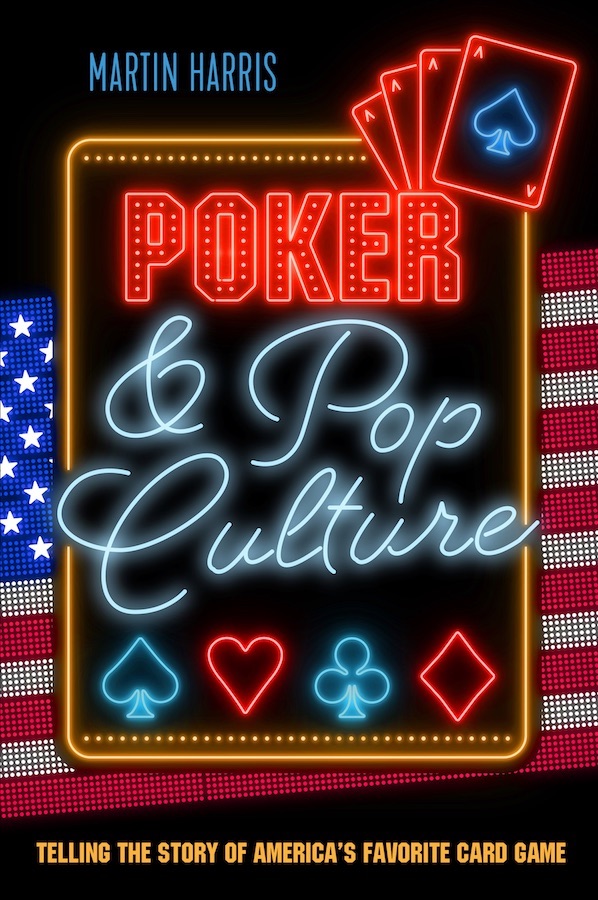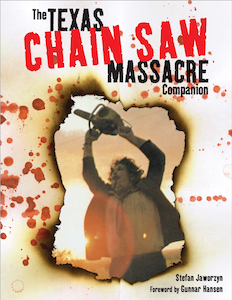Hold’em’s History Makes a Good Mystery
 In my “Poker in American Film and Culture” class we’ve talked about various poker games but haven’t gotten too caught up in the difficult task of determining precisely when each variant was first introduced. Fact is, when it comes to the history and culture of poker, there’s a heckuva lot else to occupy us.
In my “Poker in American Film and Culture” class we’ve talked about various poker games but haven’t gotten too caught up in the difficult task of determining precisely when each variant was first introduced. Fact is, when it comes to the history and culture of poker, there’s a heckuva lot else to occupy us.Even so, I have made some effort to ensure the students know, for example, that when poker was played in the 19th century the game was almost always draw poker, that stud poker arrived somewhere near the end of the 1800s and by the middle of the 20th century was challenging draw as the most popular form of poker, that hold’em started up somewhere in there as well (although did not become the most popular game until much later), and that tourneys weren’t really a big part of the scene until very recently. Not a rigid timeline, but some awareness of the various “eras” of poker.
It’s good to have at least some idea of when the various games were played. When you pick up a Mark Twain story like “The Professor’s Yarn” (from Life on the Mississippi), it is worth understanding that the game being played in the story is five-card draw. And that they’re playing five-card stud in The Cincinnati Kid (the film version of which is set in 1930s, moved back a couple of decades from the era of Richard Jessup’s novel). And the game is hold’em in Rounders. And so forth.
That said, teaching the class has caused me to become more curious about pinning down some of these dates a little more precisely, especially with regard to Texas hold’em. Of all the games, there seems to be the greatest doubt about when exactly hold’em originated, with some claiming it started as far back as the early 20th century and others insisting it didn’t really come about until sometime after the second world war.
I’m not going to launch into a full investigation of the matter right now, but I will list a few sources that will probably serve as starting points for me when I do:
These sources include references and/or suggestions that hold’em was first played “in the early 1900s” (the Texas legislature declaration), the 1920s (as Moss tells Bradshaw), the 1930s (the Moss bio), the early 1940s (the Moore article), the 1950s (Brunson), and even the early 1960s (Addington).an article in the August 16, 1968 issue of Life magazine by A.D. Livingston titled “How to Tame a Wild New Poker Game Called ‘Hold Me’” Jon Bradshaw's Fast Company (1975), specifically the chapter on Johnny Moss Don Jenkins’ 1981 biography Johnny Moss: Champion of Champions an article by Evan Moore in the September 14, 1986 issue of Texas: Houston Chronicle Magazine titled “Poker: The National Game of Texas” Crandall Addington’s contribution to Super System 2 (2005), a short chapter titled “The History of No-Limit Texas Hold’em” a May 2007 declaration by the Texas state legislature that Robstown, Texas was the birthplace of hold’em chapter 1 (“Hold me, darling”) of Anthony Holden’s Holden on Hold’em (2008)
chapter 32 (“Hold me, Darlin’”) of James McManus’ Cowboys Full (2009) Doyle Brunson’s 2009 autobiography The Godfather of Poker
The question requires some genuine research to answer, though I’ll admit before I begin that I lean towards placing hold’em’s origin somewhere close to mid-century (perhaps the 1940s) rather than before.
 I could be wrong, though. Earlier this week I happened to be rereading James Thurber’s hilarious short story, “Everything Is Wild,” first written in 1932, and realized it contained a passage that at least indirectly suggested the existence of game that could be said to resemble hold’em. In fact, it’s more like Omaha, a game that most certainly didn’t come about until much, much later.
I could be wrong, though. Earlier this week I happened to be rereading James Thurber’s hilarious short story, “Everything Is Wild,” first written in 1932, and realized it contained a passage that at least indirectly suggested the existence of game that could be said to resemble hold’em. In fact, it’s more like Omaha, a game that most certainly didn’t come about until much, much later.The story -- which, by the way, you can hear on episode 13 of the Hard-Boiled Poker Radio Show (with Vera Valmore helping out) -- features a “dealer’s choice” poker game in which players are calling out various wild card games. My piece for Betfair today titled “These Jokers Are Ruining the Game!” actually brings up Thurber’s story, too, if you’re curious.
Anyhow, among the games played in the story there is one called “Poison Ivy,” “a variation of poker in which each player gets four cards, and five others are placed face down on the table to be turned up one at a time.” The lowest card among the five on the table becomes the wild card. In the end, two players are said to have made four aces, as “there were two fours in the hand on the table, and they were low.”
It’s a little confusing to follow, but it sounds as though the game involves building a five-card hand from the cards one is dealt and the five revealed one by one on the table -- in other words, there are “community cards” just like in hold’em or Omaha. Doesn’t really provide any concrete evidence regarding hold’em’s date of origin; in fact, Thurber could well have invented the game out of whole cloth as another example of an absurd wild-card game hated by the story’s protagonist, Mr. Brush. But the passage is suggestive nonetheless.
I expect to find other useful sources once I embark on my investigation. In any event, if anyone has any good tips on leads, please send them along.
Labels: *the rumble, history, James Thurber, Poker in American Film and Culture













0 Comments:
Post a Comment
<< Home